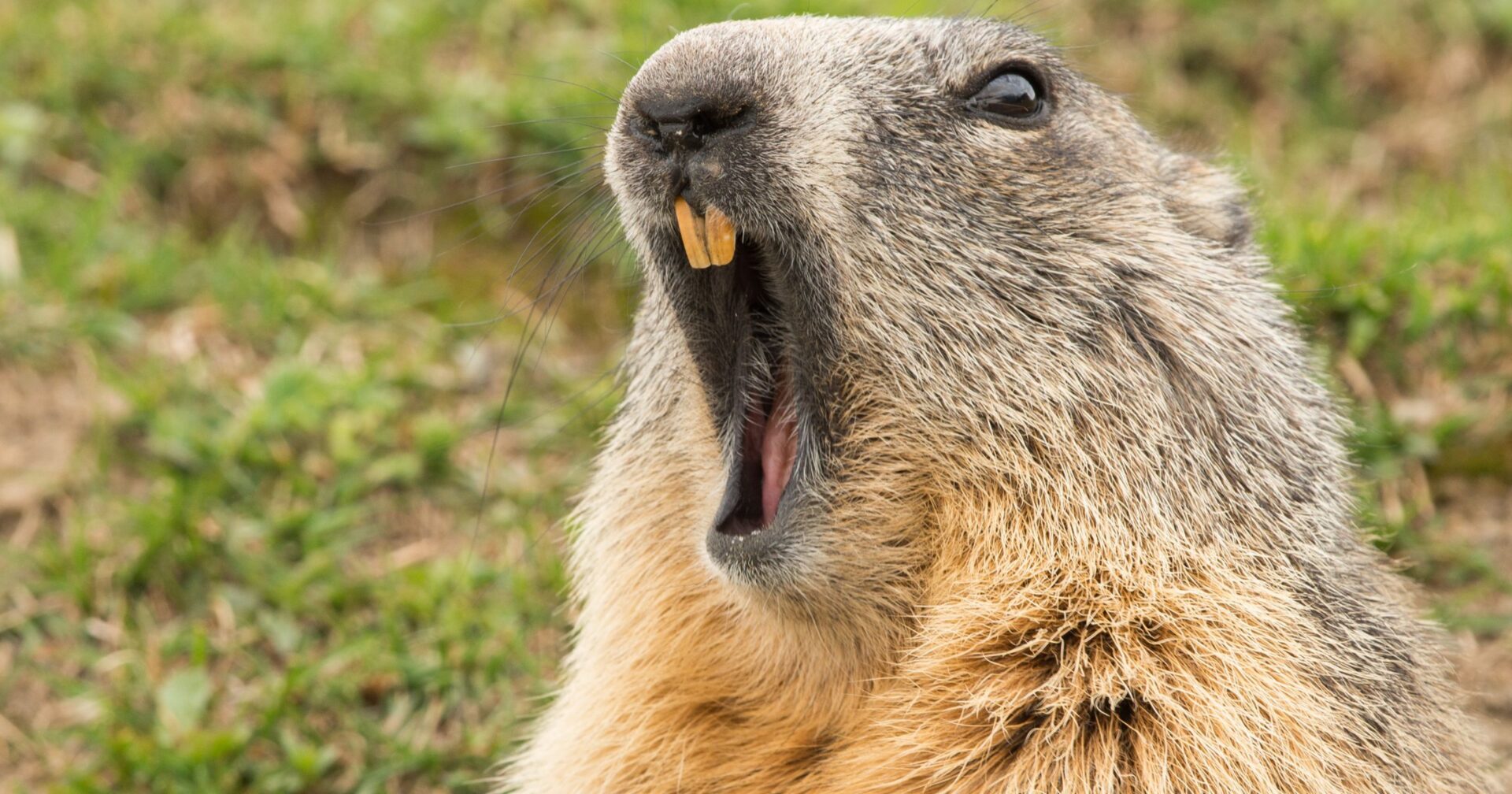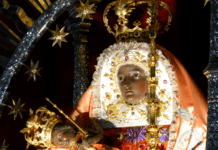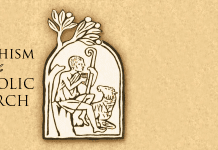Ever notice that Groundhog day and Candlemas fall on the same day? It’s no coincidence: the weather folklore day has a Catholic origin.
Every year on February 2nd, the world awaits the legendary Punxsutawney Phil. If the groundhog sees his shadow, it is taken to mean six more weeks of winter; if he does not, spring will come early.
While the tradition is popular today, we of course know there is no real connection between the outcome of Groundhog day and the weather. What most don’t know however, is that the weather folklore has a Catholic Candlemas origin.
In Germany, there was a longstanding tradition surrounding the Candlemas festival. February 2nd was known as Dachstag – Badger Day, with a prescribed folk formula in German: “Sonnt sich der Dachs in der Lichtmeßwoche, so geht er auf vier Wochen wieder zu Loche,” which in English is reminiscent of the Groundhog day lore we know: “If the badger sunbathes during Candlemas-week, for four more weeks he will be back in his hole.”
The Candlemas/weather lore in Germany goes back at least 200 or so years, but likely is older and more widespread. A variation of the above was printed in an 1823 farmer’s book in Austria: “If the badger is in the sun at Candlemas, he will have to go back into his hole for another four weeks.”
The folklore was also present on the British Isles, as an old English rhyme tells absent of any mention of a badger:
If Candlemas Day be fair and bright
Winter will have another fight.
If Candlemas Day brings cloud and rain,
Winter won’t come again.
The Pennsylvania Dutch brought the folklore with them when they came to the United States. Lutherans, Catholics, and Amish alike kept the tradition, except it became six weeks instead of four, and the groundhog instead of the orthodox badger. That tradition has developed into the Groundhog day we know today.
The official lore from the Pennsylvanian Dutch dialect was preserved in 1937 as such:
“February second is Groundhog day. When the groundhog sees his shadow on the morning of February 2, he will again go into his hole and remain there for six weeks. But if the morning of February 2 is overcast, the groundhog will remain outside and there will be another spring.”
Photo credit: Andrea Izzotti / Shutterstock.com

















